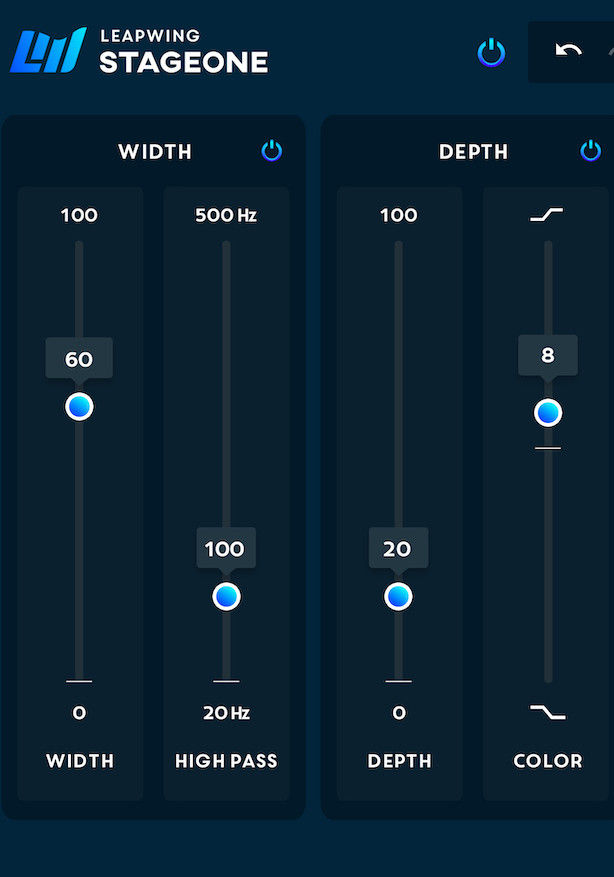Last year I picked up a set of licences for Leapwing Audio’s RootOne, DynOne, CenterOne and StageOne. Headliner founder and editor-in-chief Paul Watson reviewed RootOne and really liked it, so I started using it almost immediately and came to the same conclusion. More recently, Headliner’s Adam Protz took a closer look at Leapwing’s recently released Al Schmitt Signature plugin and he was also very impressed. So it wasn’t long before I was using Leapwing Audio originals for various tasks, and all five are excellent.
Leapwing Audio is a fairly young company that prides itself on innovative audio plugins that didn’t previously exist. Aimed at the creative community, they set out to make tools that inspire creativity, are easy to use, and above all sound great. So good are they, it wouldn’t be unusual to find them in a mastering engineer’s processing chain as well as for individual channel and instrument enhancement. Particularly popular in both fields of engineering are RootOne and DynOne.
When it comes to mixing, the ‘One’ that is fast becoming my new best friend is StageOne. I feel we should all get to know more about this plugin, so I’m going to have another close look and find out what it’s capable of, and how easy it is to use.





